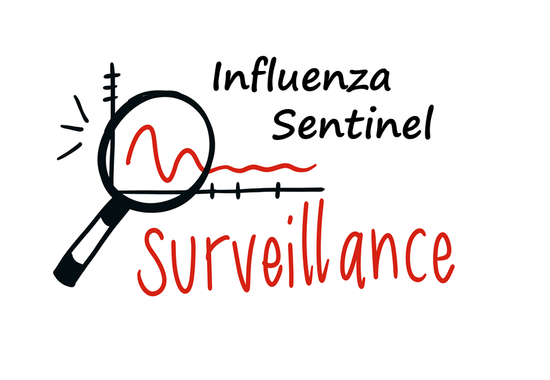
This self-paced, online course provides a general overview of influenza as well as in-depth training on the purpose and procedures involved in conducting sentinel influenza surveillance. Participants learn through a combination of online lectures with interactive content and downloadable scenario-based activities that help them apply the concepts learned.
Langue: English
Advanced (Avancé), Influenza
Informations sur le cours
Overview: This course provides web-accessible training on influenza sentinel surveillance for public health practitioners and laboratorians. Participants learn what kinds of data to collect from influenza patients and patient specimens, and the methods of collecting these data. Participants also learn how to analyse, summarise, report, present, and interpret data collected within a sentinel influenza surveillance system. Each of the four modules contains online lecture content, quizzes, a hands-on activity that can be conducted individually or with a group, an instructor’s guide for completing the activity, and a cumulative assessment that covers the major teaching points in the module.
Learning objectives: This course aims to:
- provide a public health background on influenza;
- introduce the major steps and concepts involved in conducting public health surveillance; and
- discuss the rationale and objectives of conducting sentinel surveillance for influenza.
Course duration: Approximately 14 hours. (Lectures, quizzes and assessments should take 4-5 hours to complete. Allotted time for activities is around 9 hours in total.)
Certificates: A record of achievement is issued to those who earn more than 75% of the maximum number of points from all graded assignments. A confirmation of participation is issued to those who complete at least 80% of the course material. Participants who receive a Record of Achievement can also download an Open Badge for this course. Click here to learn how.
Contenu du cours
Lesson 1 Part A: Overview of Influenza:
By the end of this lesson, you will be able to describe the characteristics of influenza viruses and the disease they cause.Lesson 1 Part B: Influenza Surveillance:
By the end of this lesson, you will be able to list the objectives of influenza surveillance and review the common types of surveillance and the types used for influenza surveillance. You will also understand the need to establish sentinel influenza surveillance, be able to discuss how influenza surveillance data are used, and understand the importance of data quality for influenza surveillance.Lesson 2: Implementing SARI and ILI Surveillance:
By the end of this lesson, you will be able to understand the case definition for severe acute respiratory infection (SARI), influenza-like illness (ILI) and the principle etiologic agents. You will also be able to describe ways to identify and sample cases, understand the types of clinical samples to collect, list the minimum data that should be collected, explain why epidemiological data should be reported through FluID, and finally, describe key indicators for surveillance system monitoring and evaluation.Lesson 3: Data Analysis: Using Tables and Graphs to Present Surveillance Data:
This lesson focuses on data analysis and ways to use tables and graphs to present surveillance data. By the end of this lesson, you will be able to understand the use of absolute and relative measures, describe seven key influenza indicators and interpret the recommended outputs. You will also be able to construct tables and graphs to illustrate proportions and distributions as well as interpret tables and figures to analyse trends.Lesson 4: Organizing a Sentinel Surveillance System:
This lesson focuses on organizing a sentinel surveillance system. By the end of this lesson, you will be able to understand the roles and responsibilities for sentinel influenza surveillance at surveillance site, laboratory, and at national level in Ministry of Health. You will also be able to describe the information flow related to influenza sentinel surveillance.
Inscrivez-moi à ce cours
Certificate Requirements
- Obtenez un certificat de réussite en gagnant plus de 75% du nombre maximal de points pour la somme de toutes les tâches hebdomadaires.
- Obtenez une attestation de participation en complétant au moins 80% du matériel du cours.
- Obtenez un Open Badge en complétant le cours.